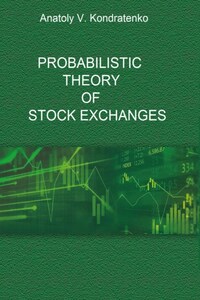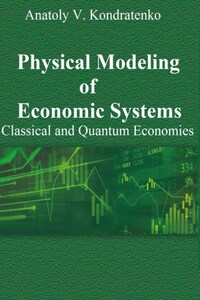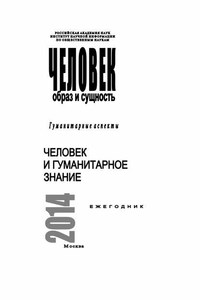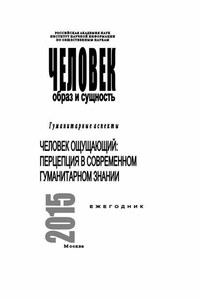All rights reserved. No part of this publication may be reproduced, stored in a retrieval system, or transmitted, in any form or by any means, electronic, mechanical, photocopying, recording, or otherwise, without the prior written permission of the author.
The monograph offered to the attention of readers is the second in the series [1, 2, 3] devoted to the development of probabilistic economic theory. This book presents principles of physical economics, new economic discipline primarily concerned in the book with the agent-based physical modeling of the market economic systems and eventually with the elaborating of probabilistic economic theory. At the heart of physical economics and probabilistic economic theory are the well-known cornerstone concepts of classical economics, in particular the subjective theory of value, such as regularity in the sequence of market phenomena and an interdependence of those, as well as key roles of individuals’ actions and social cooperation in the many-agent market processes. The main point of the concept of the physical modeling is that formal approaches and procedures of theoretical physics are used to describe these economic concepts. The obvious structural and dynamic analogy of the many-agent economic systems with the many-particle physical systems is basic to the formulation of fundamentals of the method of the agent-based physical modeling of the many-agent market economic systems in the formal economic space.
It is also vital to the elaboration of the main paradigm and eventually the five general principles of physical economics, as well as of probabilistic economic theory. The uncertainty and probability principle holds a central position among of them. All the principles provide the necessary background to physical economics that include such theories as classical economy, probability economics, and quantum economy. The book provides a unique source for learning and understanding all the concepts and principles of physical economics, together with the quantitative methods of calculating and analyzing the many-good, many-agent market economies. Conceptually, the book can be viewed as an introduction to economics for physicists, expressed by means of the terms and language of physics. This monograph may seem interesting to everyone who is engaged in research in economics, finance, econophysics or physical economics, as well as to professional investors and stock traders.






